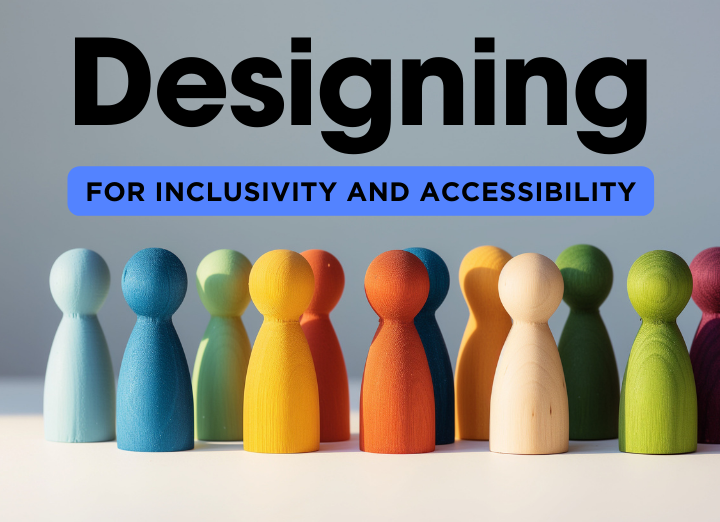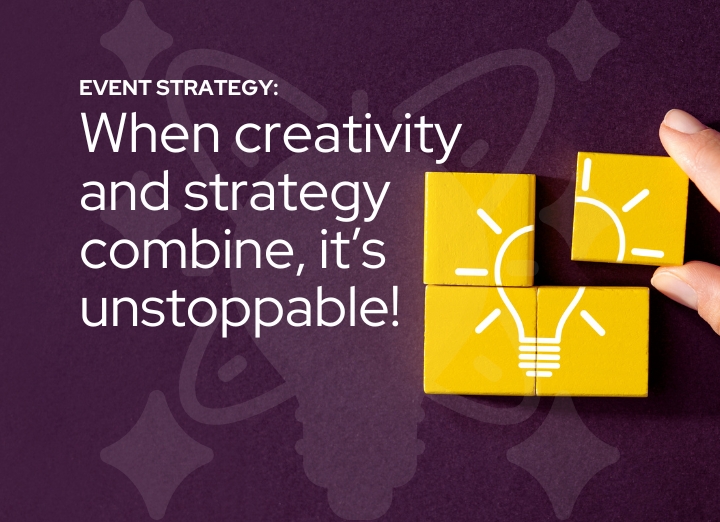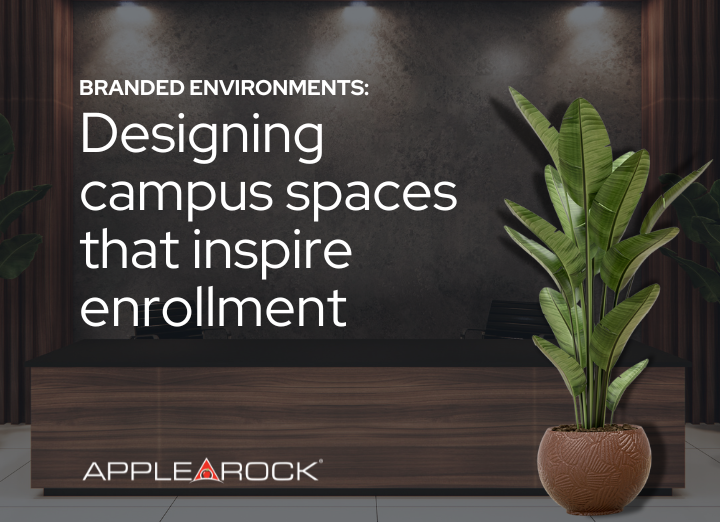Inclusive and accessible exhibit spaces are designed to welcome and accommodate visitors of all abilities, backgrounds, and preferences, ensuring that everyone has an equal opportunity to engage with and enjoy the event. This approach to design considers a wide range of human diversity—including physical, sensory, cognitive, and cultural differences—and aims to create environments that are usable and enjoyable for all people.
What are examples of accessibility and inclusivity for exhibit spaces?
Physical Accessibility
This ensures that individuals with mobility challenges, such as those using wheelchairs, walkers, or strollers, can navigate the exhibit space easily.
- Wide and Clear Pathways: Adequate space for maneuvering and turning
- Ramp Access: For stages or platforms, ensuring they are accessible
- Accessible Counters: Positioned at heights accessible to both standing and seated individuals
Sensory Accessibility
Designing for sensory accessibility involves creating environments that are navigable and engaging for individuals with visual, auditory, or sensory processing differences.
- Visual Aids: Use of clear, high-contrast signage and the provision of information in multiple formats (example: Braille, large print)
- Auditory Considerations: Offering captioning or sign language interpretation for audio and video presentations, as well as quiet zones for those with sensory sensitivities
- Tactile Experiences: Incorporating touchable models or elements that can be appreciated through touch, especially beneficial for individuals with visual impairments
Cognitive Accessibility
Spaces and experiences that are easy to understand and interact with for individuals with cognitive differences are an area of opportunity for exhibits.
- Simplified Language: Use of plain language in signage and informational materials
- Clear Signage: Intuitive navigation aids that help all visitors orient themselves and move through the space with confidence
Cultural Inclusivity
Acknowledging and respecting cultural differences ensures that the exhibit space is welcoming to a diverse audience. This is especially relevant during international trade shows and events.
- Diverse Representation: In imagery, themes, and content that reflect a variety of cultures and backgrounds – this could expand in application to the staff working the show
- Language Options: Offering materials and guided tours in multiple languages to accommodate non-English speakers, tailoring language options to the region the show is taking place or the customer base
Flexibility and Choice
Offering options and alternatives so that visitors can choose how they engage with the exhibit can be a differentiator for companies.
- Adjustable Elements: Such as adjustable lighting or sound levels in interactive displays
- Multiple Engagement Levels: Providing different ways to engage with the content, from passive observation to active participation
The Importance of Inclusive Design
Inclusive design at trade shows and exhibits is not just about ensuring accessibility; it’s about embracing diversity, enhancing engagement, and fostering an environment where every attendee can have a rich and fulfilling experience. It signals a brand’s commitment to welcoming all members of the community, reflecting positively on its values, and contributing to its success.
Eight reasons why inclusive design matters
1. Broader Audience Engagement
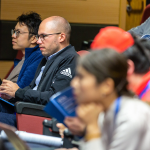
2. Enhanced Brand Image and Reputation

3. Legal and Ethical Compliance

4. Innovation and Creativity

5. Improved Customer Experience

6. Economic Benefits

7. Reflecting Social Trends and Expectations

8. Building Community

Understanding your diverse audience
Understanding the diversity of your attendees is crucial for creating an inclusive and engaging exhibit show. There are several strategies to ensure your exhibit resonates with attendees that have a wide range of backgrounds, preferences, and needs.
Conducting audience research through pre-event surveys, post-event feedback, and social listening (monitoring social media channels and forums related to the industry), can all provide insights into expectations and experiences.
Analyzing past attendee data can identify trends in attendance to include age, gender, and historical data that predict the diversity of future attendees.
Engaging with community groups (organizations, professional associations), can offer valuable perceptions.
By implementing technology wisely, such as through an app, can offer centralized event information, a navigation assistant, and real-time translations to make the exhibition more inclusive.
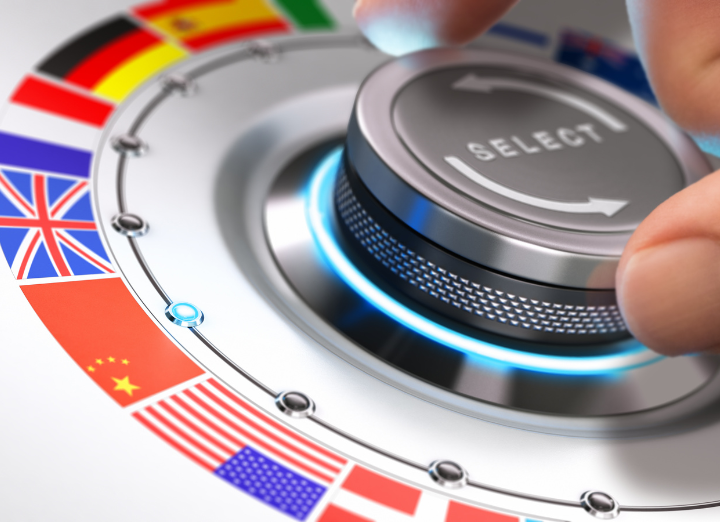
From physical layout to visual and auditory content, consider accessibility from the start. Train your staff in cultural competency and sensitivity, fostering an inclusive atmosphere and allowing them to better engage.
Be prepared to monitor and adapt your strategies based on immediate observations and feedback during the event. This flexibility allows you to address any oversights in planning and improve the attendee experience in real-time.
Choosing the right event marketing agency for inclusivity
The event marketing agency you choose is crucial for ensuring your event or exhibit is accessible for attendees. An experienced agency can significantly enhance the inclusivity and success of your event. Key areas to consider when choosing the event company to partner with include:
Expertise in Accessible Design
Knowledgeable agencies have a deep understanding of what makes an environment accessible, from physical layouts that accommodate wheelchairs and service animals to materials that are friendly for those with sensory sensitivities. They can apply this knowledge to create spaces that are welcoming and accessible to everyone.
Compliance with Legal Standards
Agencies familiar with accessibility regulations (such as the Americans with Disabilities Act in the U.S.) can ensure that your event meets all legal requirements. This not only helps avoid potential legal issues but also demonstrates a commitment to inclusivity.
Innovative Solutions
Experienced agencies often bring creative and innovative solutions to the table. They can suggest the latest technologies and design strategies to enhance accessibility, such as augmented reality for virtual tours that are accessible to attendees with mobility issues, or apps that provide real-time captioning for those with hearing impairments.
Customization Based on Specific Needs
The best agencies will be willing and able to customize their offerings to meet the unique needs of your attendees. This might include providing sign language interpreters, creating materials in braille, or ensuring all digital content is screen-reader friendly.
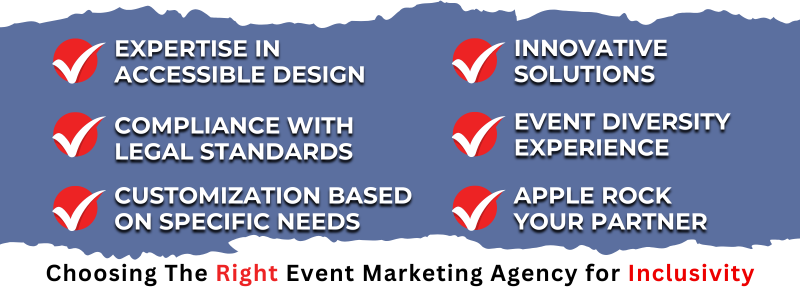
Selecting an event marketing company with expertise in accessibility is not just about meeting legal requirements; it’s about creating an inclusive, welcoming environment that enables all attendees to participate fully and equally. This enhances the overall event experience, supports diversity, and reflects positively on your brand’s commitment to inclusivity.
HAVE QUESTIONS OR WANT TO LEARN MORE? GIVE US A CALL 336.232.4800 OR FILL OUT THIS FORM. APPLE ROCK ADVERTISING AND PROMOTION, WHERE BETTER IDEAS ARE BUILT!
